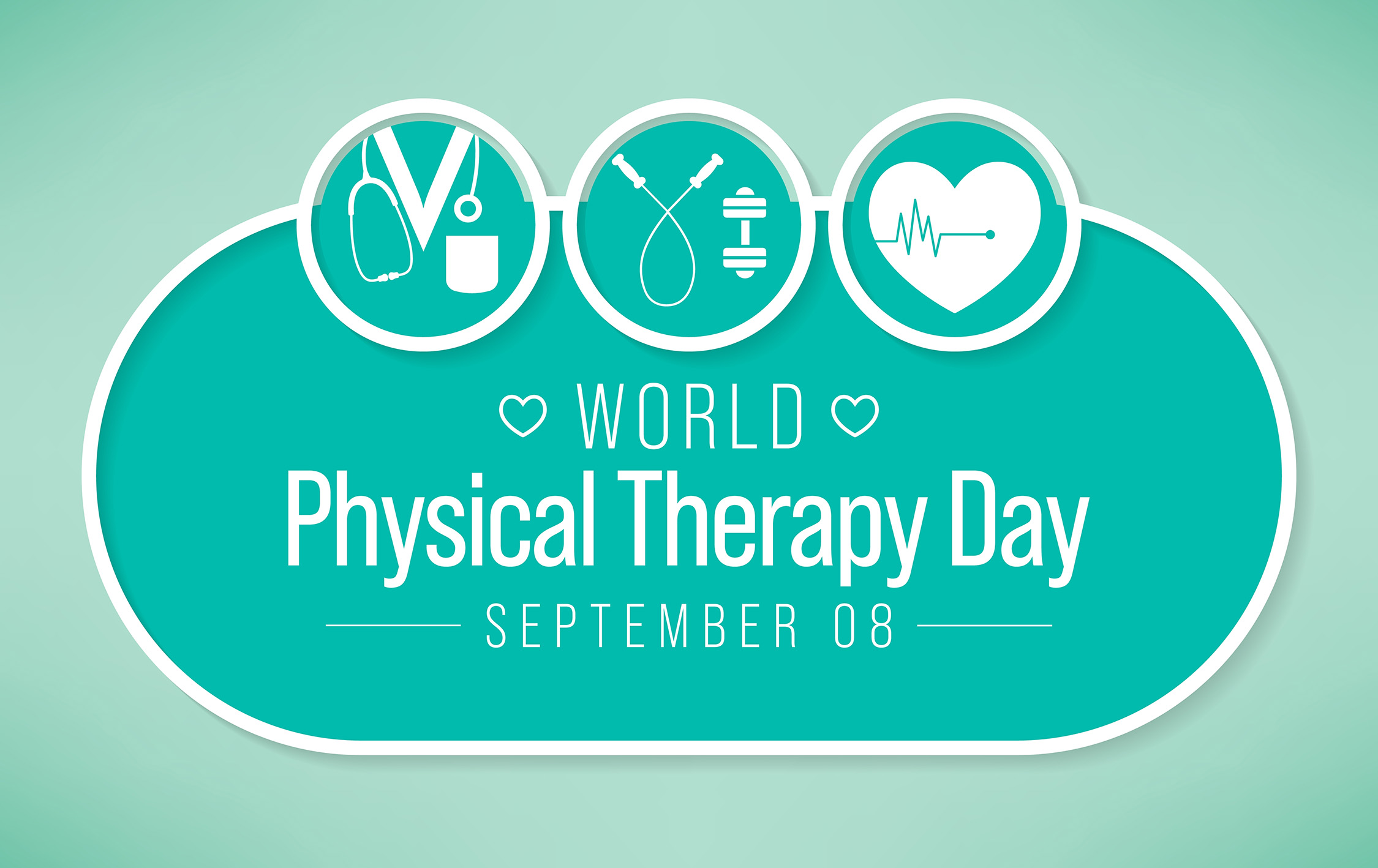Introduction:
World Physiotherapy Day is a global celebration dedicated to honoring the remarkable work of physiotherapists and the profound impact they have on improving lives through movement and rehabilitation. In this special article, we shine a spotlight on both World Physiotherapy Day and the challenging but manageable condition known as Axial Spondyloarthritis (axial SpA). We’ll delve into what axial SpA is, its unique challenges, and the pivotal role of physiotherapy in enhancing the lives of those affected.
Understanding Axial Spondyloarthritis (axial SpA):
Axial Spondyloarthritis is a chronic inflammatory condition that predominantly targets the axial skeleton, which includes the spine, pelvis, and sacroiliac joints. It encompasses two main categories: Ankylosing Spondylitis (AS) and Non-Radiographic Axial Spondyloarthritis (nr-axSpA). The hallmark of axial SpA is inflammation within these areas, leading to symptoms such as chronic pain, stiffness, and restricted mobility.
Common Challenges of Axial SpA:
Living with axial SpA can pose a series of unique challenges:
- Chronic Pain: Persistent and often debilitating pain, frequently starting in the lower back and potentially spreading upwards.
- Stiffness: Morning stiffness or stiffness following periods of inactivity can severely impact daily life.
- Reduced Mobility: Everyday tasks like bending, twisting, or reaching may become difficult due to pain and stiffness.
- Fatigue: The ongoing battle with pain and inflammation can lead to chronic fatigue and sleep disturbances.
- Sacroiliitis: Inflammation of the sacroiliac joints can result in buttock pain and discomfort.
World Physiotherapy Day:
A Tribute to Heroes of Movement: This special day is not just about acknowledging physiotherapists but also celebrating their extraordinary dedication and contributions to improving the lives of individuals living with conditions like axial SpA. Physiotherapists are the unsung heroes who play a pivotal role in the management of this challenging condition.
How Physiotherapy Empowers Lives:
Physiotherapy interventions for axial SpA are tailored to address the unique needs of each patient. Here’s how physiotherapists make a significant difference:
- Pain Management: Physiotherapists use various techniques, including manual therapy, to reduce pain and inflammation, improving overall comfort.
- Exercise Programs: Tailored exercise routines enhance strength, flexibility, and posture, allowing individuals to regain mobility and function.
- Education: Patients receive guidance on proper body mechanics, posture, and lifestyle modifications to prevent further damage and manage symptoms effectively.
- Stretching and Mobility Exercises: Specific exercises target the spine, sacroiliac joints, and surrounding muscles, promoting flexibility and reducing stiffness.
- Support and Empowerment: Physiotherapists empower individuals with axial SpA to take an active role in their recovery, ensuring they understand their condition and how to manage it.
Conclusion:
On World Physiotherapy Day, we celebrate the heroes who stand beside those battling Axial Spondyloarthritis. By addressing pain, enhancing mobility, and providing essential education, physiotherapists empower patients to live life to the fullest despite this chronic condition.
If you or someone you know is facing axial SpA, consider reaching out to a physiotherapist. Their expertise and guidance can be instrumental in improving your quality of life and ensuring that axial Spondyloarthritis doesn’t hinder your ability to lead an active and fulfilling life. Happy World Physiotherapy Day!




